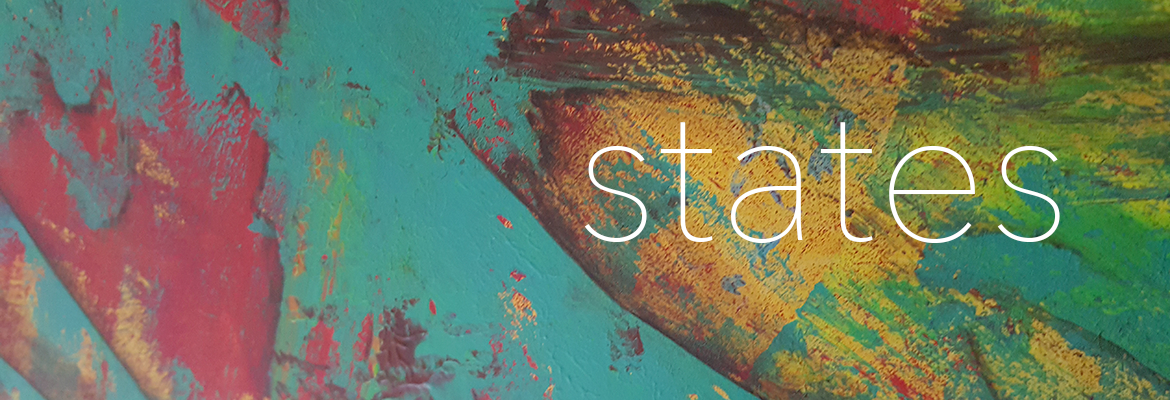
No, I’m not talking about states of the US, though that’s helpful too.
I’m talking about view states: variations of an experience an end user will be affected by.
When designing an experience, you’ve got to get into the zone. This zone is where good questions and brainstorming comes from. It’s the good stuff. When you walk away from your work or a meeting that’s in the zone, you feel satisfied and productive. It’s likely you have some sweet markerboarding as evidence.
While you’re in that mental space, you’re on a roll. Things are clicking. Answers are flying in. When you get those important juices flowing, here are some things to think about to help you flesh out the experience you are designing. Keep in mind this list is not all encompassing, nor does it apply to every case. And, I don’t always remember many of these things, but that’s why I thought this list would be helpful as a starting point.
Error state
- What happens when the user hits an error while they work?
- How are you handling alerting the user that they’ve encountered an error?
- Do they understand what happened?
- Are you giving them clear direction on how to correct the situation?
- Will the user lose any work in order to fix the issue?
Empty state
- What happens when a user arrives on a UI that contains no information?
- Are you designing intention into a blank screen?
- Does the user know what to do when they don’t have any information to work with?
- Is empty state what the user is trying to accomplish (clearing items from a queue), or are they required to query something before data will show?
Deleted state
- Will the user need to delete items (or have the permission to do so)?
- Are the deleted items handled in bulk, or does deleting require intention for each item?
- How do you need to communicate that something is deleted?
- Should deleted items be removed from the current view?
- What if the user needs to undo the delete – is that possible, and how?
- What impact on the layout or view will removing data have?
- Are there conditional elements or dependencies deleted items have in the UI?
- What does the concept of deleting mean with respect to historical activity?
Cancelled state
- Why would they need to cancel an action?
- What does cancelled mean to the user?
- What remains if an action is cancelled?
Edit state
- Why would a user need to edit?
- How do you let your users know something is editable?
- Do they need to edit everything, or just some things?
- Do they have permission to edit things?
- Can more than one person edit something at the same time?
- If more than one person can edit, will there ever be conflicts or deltas in the data?
- Does the user need a new view for editing purposes? Or would edit look more like a modal on top of an existing view?
Create New state
- What does starting a new thing look like to the user?
- Will they have everything on hand to complete required items when creating something new?
- At what point can the user save the new thing?
- Does the user need to see recently created items in a list somewhere?
- What happens to the UI once the user saves the new thing? Is a new empty form presented, or are they taken to a list where they might see all things, including their new item?
Draft state
- Do they need a draft mode in case they are interrupted while doing their work?
- How are drafts handled by the system? Are drafts a separate thing, or simply a status?
Auto Save
- Is there a need for auto saving the user’s work?
- How do you let the user know they system saved their work for them?
- How are auto saves captured? Are they overwritten or kept as revision points?
Timeout
- Is there a timeout that would interfere with something the user is trying to accomplish?
- How do you alert them of the timeout?
- What if the user has walked away from their UI and don’t see the alert?
- What is the purpose of the timeout?
- Is the timeout time frame configurable by the user? Do they know this?
Search
- How will a user try to search for items?
- Will they be looking for specific data, or will they search in a way that mimics their natural language?
- Can they see results as they type?
- If the user hits ‘enter’, are they taken to a search results page?
- What will the user do with search results?
Feel free to adopt and adapt this list. Enjoy!
Image Credit: artwork by artist Toneeke Henderson of www.toneeke.com

